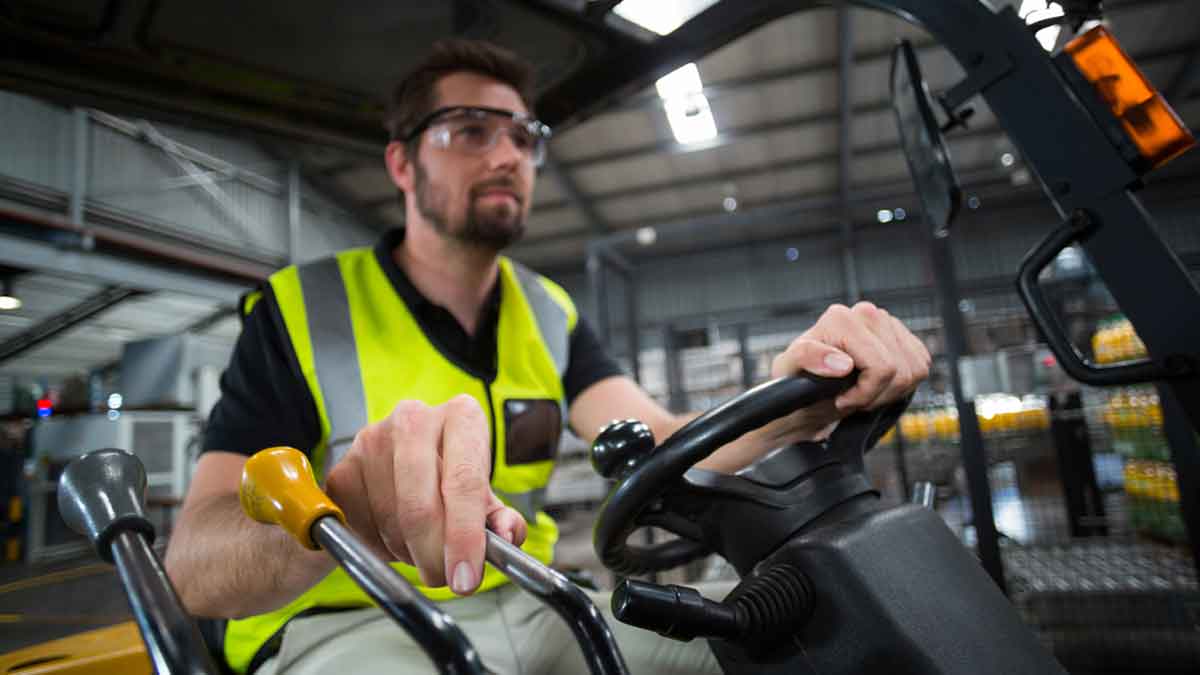Industry 4.0 and IIoT are the grittier side of the Internet of Things revolution that is impacting the manufacturing sector.
IIoT alone can bring productivity improvements from anywhere between 10 and 25%, but when combined with analytics, automation, lean methods, and artificial intelligence (AI), the potential is more prominent.
What is Industry 4.0?
Back in 2011, Germany was the first country to use the term Industry 4.0. It covers these key areas.
- Productivity – Process efficiencies and improved asset utilization.
- Asset reliability – Reduced downtime, increased reliability, and lower maintenance costs.
- Quality – Real-time Quality Monitoring and correction.
- Speed – Innovation to produce in a shorter time.
- Sustainability – Energy and water management, environmental protection.
- Connected Value Chain: The complete value chain is connected to increase flexibility
Industry 4.0 combines technology and approaches to help increase the industry’s competitiveness. Industry 4.0, which has since spread around the globe, has led to what is being called “the fourth industrial revolution”.
Where Do You Begin?
Data collection in IoT
Data collection in IoT is the very first step. This is not just any business data. It is the practice area of operational technology. An assortment of production lines is composed of a mixture of intelligent machines controlled by programmable logic controllers or Distributed Control Systems. Additionally, there may also be less sophisticated equipment such as conveyor belts, tanks, pumps, etc.
You can get a better understanding of the real-time events by combining data from various devices, such as wireless IIoT sensors and conventional wired sensors, with networked machines.
These data could include the number and speed of a conveyor belt or oven, the temperature or the power consumption of an equipment piece, or whether the machine is on or off.
This approach can be extended to other machines, devices, and people. We create a powerful picture of the production line. Make sure you secure the data and give it context. Then analyze it to discover the true value.
Your machinery now generates millions of tiny readings every second, commonly known as “time-series data”. How do you deal with this data? It is necessary to store and analyze this data for years.
This type of data collection in IoT is not compatible with SQL databases! Generally, this data requires special resources, such as a data historian to capture and store it.
This data can be combined with contextual information such as the product being manufactured, the quality of raw materials, or the temperature outside to give you a better understanding of the production process.
Plant engineers can use customized specialized tools to analyze time-series data to look at the performance over many months or years and begin to understand why.
Bring Up Data Collection
You will be able to compare and contrast the performance of different machines, lines, and plants if you expand your data collection in IoT. Take this example:
- What is the difference between two production lines?
- Why is the downtime on the first shift higher than the third?
- What is the reason for quality declining on certain days?
- Why do we use more energy or water than we expect?
For Full Value, Leverage
The essential information can be used to drive operational intelligence, such as Lean Six Sigma, Condition Based, Predictive Maintenance, and Lean Six Sigma. This allows you to empower engineers and operators to be true digital workers.
In addition, it is also the basis for other game-changers like increased automation and robots. All of these can increase productivity and quality while reducing downtime.
Cyber-Physical Systems Are the Way to Go
Cyber-physical systems are a way to take this approach to the next stage, which is Industry 4.0 and IIoT ultimate goal. This refers to the merging of the digital and physical worlds.
- Augmented Reality: Using a suitable device such as a helmet-mounted head-up display, you can overlay equipment with operational data in real-time. Operators and maintenance workers can see more of the situation, so, it is possible to get relevant information, and inspect specifications from within the equipment. This saves time and increases productivity.
- Digital Twin – Use the same information to create a digital model. This allows you to visualize your production line and predict how it will respond to changes, improvements, or new products. This allows you to see what’s happening on your production line in the current moment and forecasts what will happen in the future. This is vital to improving manufacturing productivity, reducing downtime, increasing quality, and increasing business profitability. As a result, this allows you to avoid problems and lower the time-to-market when creating new products.
Now, these are only two examples but they offer a small glimpse into the future of manufacturing. This technology is readily available and becoming more popular.
Industry 4.0 and IIoT Gives Your A Great Competitive Advantage
Properly combining the right approach, real-time production data, and technologies such as IIoT allows us to build what we often refer to as “smart factories” (or “digital factories”).
If you want to know more about Industry 4.0, click here!





